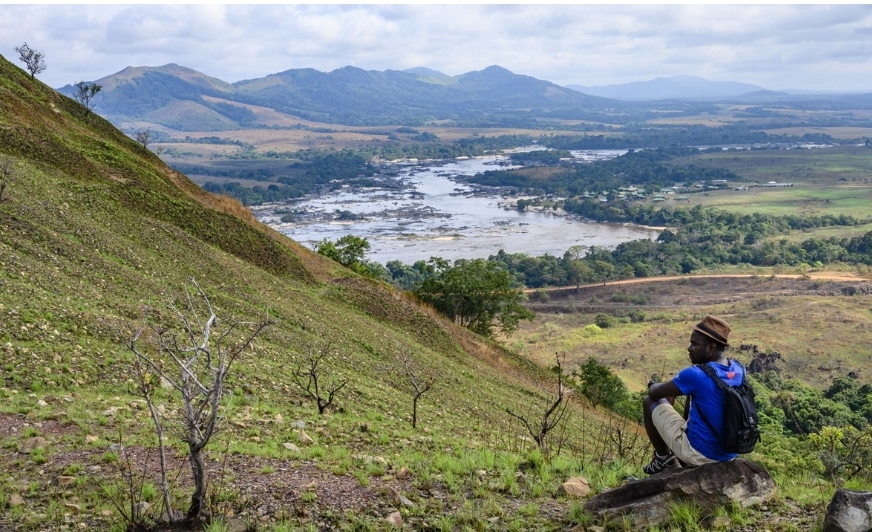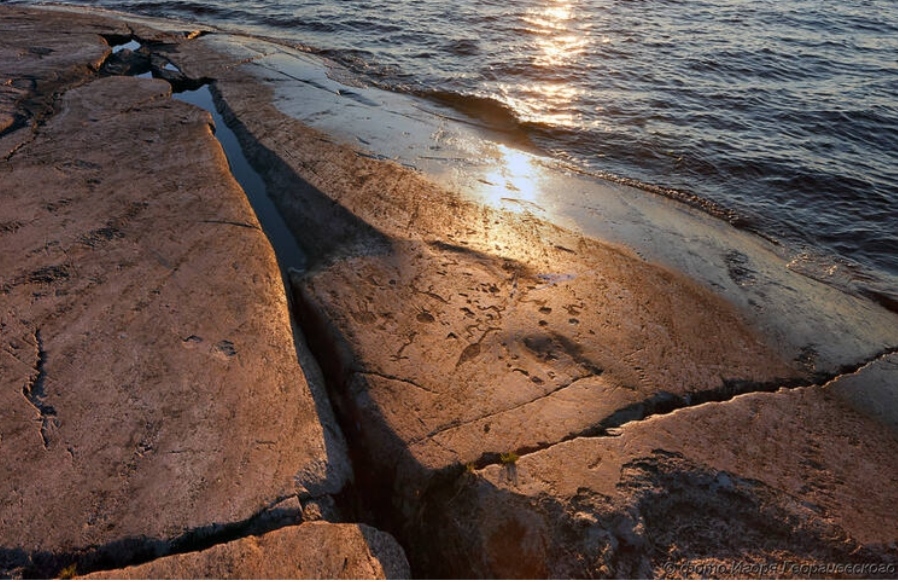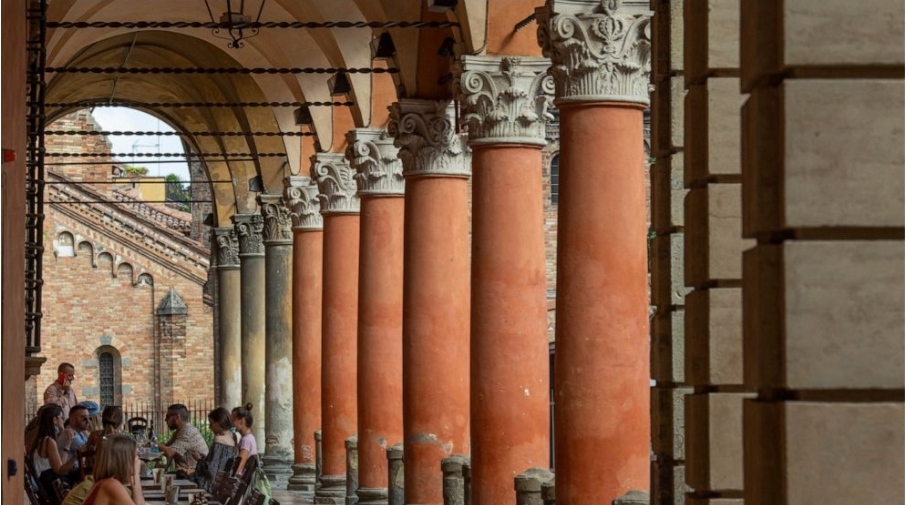UNESCO gives nods to five new World Heritage sites

The new natural site is Ivindo National Park situated on the equator in northern Gabon. The largely pristine Ivindo National Park encompasses an area of almost 300,000 hectares crossed by a network of picturesque blackwater rivers. It features rapids and waterfalls bordered by intact rainforest, which make for a landscape of great aesthetic value. The site’s aquatic habitats harbor endemic freshwater fish species, 13 of which are threatened, and at least seven species of Podostemaceae riverweeds, with probable micro-endemic aquatic flora at each waterfall.

The Ivindo National Park in Gabon Photo: AFP
The World Heritage Committee on Wednesday added four cultural sites, located in Russia, Italy, Slovenia and the UK and one natural site in Africa to UNESCO’s World Heritage List.

Petroglyphs of Lake Onega and the White Sea
The site contains 4,500 petroglyphs carved in the rocks during the Neolithic period dated 6 to 7 thousand years ago and located in the Republic of Karelia in the Russian Federation.
It is one of the largest such sites in Europe with petroglyphs that document Neolithic culture in Fennoscandia. The serial property encompasses 33 sites in two component parts 300km apart: 22 petroglyph sites at Lake Onega in the District of Pudozhsky featuring a total of over 1,200 figures and 3,411 figures in 11 sites by the White Sea in the District of Belomorsky. The rock art figures at Lake Onega mostly represents birds, animals, half human and half animal figures as well as geometric shapes that may be symbols of the moon and the sun. The petroglyphs of the White Sea are mostly composed of carvings depicting hunting and sailing scenes including their related equipment as well as animal and human footprints. They show significant artistic qualities and testify to the creativity of the Stone Age. The petroglyphs are associated with sites including settlements and burial grounds.
The serial property “Porticoes of Bologna” comprises 12 component parts consisting of ensembles of porticoes and their surrounding built areas, located within the Municipality of Bologna, Italy, from the 12th century to the present.

The Associated Press
A view of Bologna’s porticoes in Bologna, Italy, Wednesday, July 28, 2021. Bologna’s 12th-century porticoes, still part of the city’s everyday life, have been added to the World Heritage List.
Bologna’s extensive porticoes, dating back to the 13th century and still very much part of the city’s everyday life, have been added to the World Heritage List.
At a meeting in China on Wednesday, the World Heritage Committee of UNESCO, the U.N. culture agency, inscribed the porticoes on the prestigious list.
The addition raised to 58 the number of Italian sites on the list. Earlier this month, the northeastern city of Padua, noted for its early 14th-century Giotto frescoes in the Scrovegni Chapel, and Montecatini Terme, a well-preserved thermal spa town in Tuscany, also made the list.
The medieval porticoes are a cherished meeting place for Bologna’s residents, sheltering them from the sun and rain and serving as a crossroads of civic life. The city’s porticoes cover some 62 kilometers (37 miles). Some of the structures were built from wood while others used stone or brick.
UNESCO said the porticoes over the centuries “have become an expression and element of Bologna’s urban identity.”
“Together, the selected porticoes reflect different typologies, urban and social functions and chronological phases. Defined as private property for public use, the porticoes have become an expression and element of Bologna’s urban identity,” said the committee.
The urban design work of Joze Plecnik carried in Ljubljana, capital of Slovenia, between World War I and World War II were inscribed on the list as it consists of a series of public spaces and public institutions that were sensitively integrated into the pre-existing urban, natural and cultural context and contributed to the city’s new identity.
The committee noted that “it is an exceptional case of creating public spaces, buildings and green areas according to the vision of a single architect within a limited time, the limited space of an existing city, and with relatively limited resources.”
The committee also approved an extension to the existing transnational World Heritage site of “Ancient and Primeval Beech Forests of the Carpathians and Other Regions of Europe.”
The property now comprises 94 component parts across 18 countries and “represents an outstanding example of relatively undisturbed, complex temperate forests and exhibit a wide spectrum of comprehensive ecological patterns and processes of pure and mixed stands of European beech across a variety of environmental conditions.”
These additions were made during the extended 44th session of the World Heritage Committee held online and chaired from Fuzhou, China, which is examining nominations from both 2020 and 2021.




